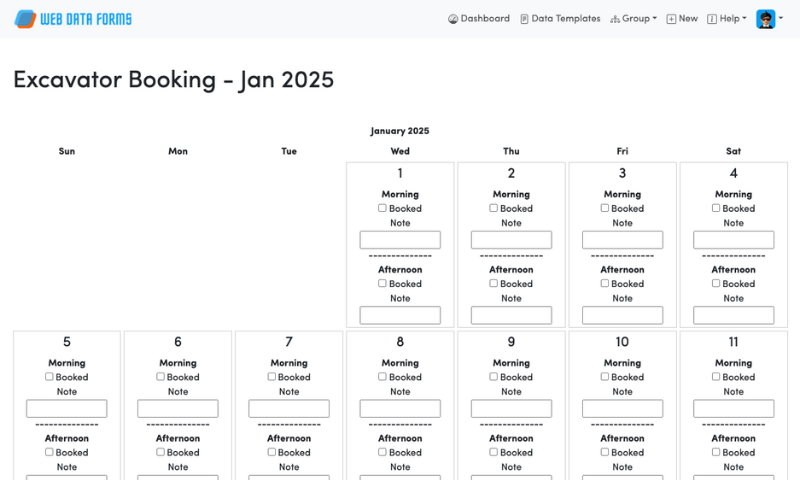
In today's fast-paced business world, efficiency and automation are key to maintaining a competitive edge. Many organizations rely on manual processes that are time-consuming, error-prone, and difficult to track. Web Data Forms provides a powerful solution by enabling businesses to create customizable online forms, automate workflows, and streamline business operations—without requiring a team of developers.
Business Process Automation (BPA) refers to the use of technology to automate repetitive tasks and streamline business operations. With Web Data Forms, companies can create both public and private forms to collect and manage data efficiently.
Public Forms: Can be accessed by anyone with the form link, making them ideal for customer feedback, surveys, job applications, and event registrations.
Private Forms: Restricted to authorized users, such as employees or team members, and used for internal operations like expense approvals, incident reports, and HR requests.
Create forms tailored to your business needs using an intuitive drag-and-drop interface. Add fields for text inputs, checkboxes, dropdowns, and more.
Single Submission Forms: Only has one current submission, new submissions overwrite the old submission, ideal for maintaining and refreshing a single source of data.
Multi-Submission Forms: Can have multiple submissions, each saved separately, useful for maintaining multiple sources for data.
Businesses can generate real-time graphical reports to analyze submission data and identify trends. For example, customer feedback trends can be analyzed to help improve products and services.
Web Data Forms empowers businesses to automate processes efficiently by offering powerful form-building, workflow automation, user assignment, and reporting capabilities. Whether you need to manage internal operations, customer inquiries, or project workflows, this no-code solution provides the flexibility to streamline tasks and boost productivity.
Start automating your business processes today with Web Data Forms!
Tutorial - How to Automate a Business Process
Sign up for a free account and explore the automation features today!